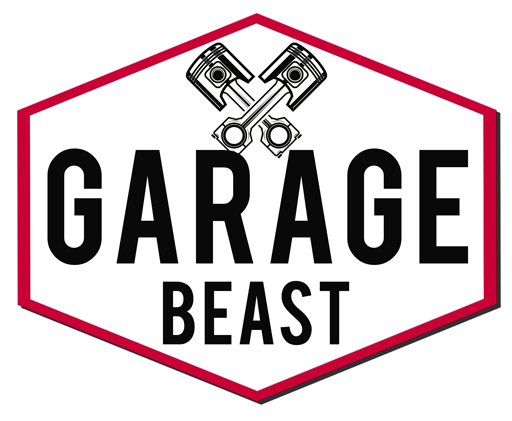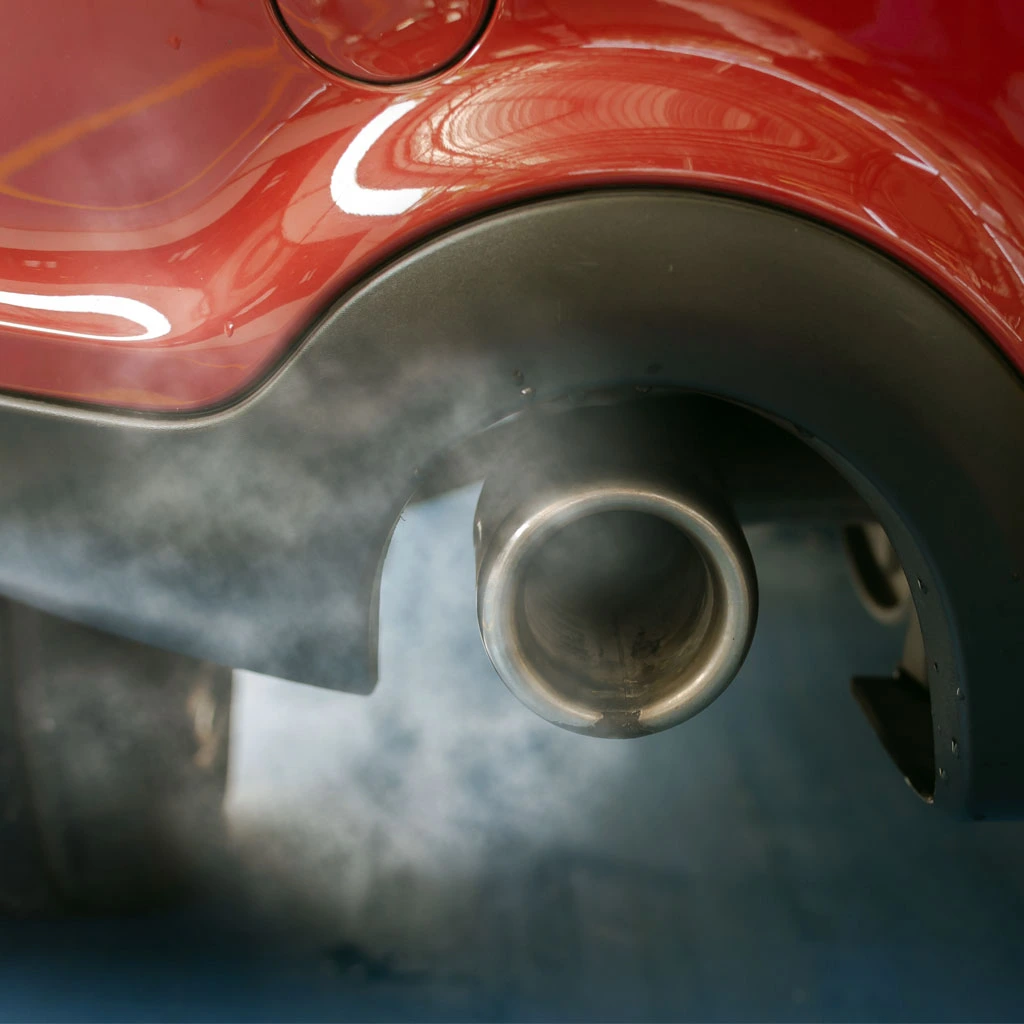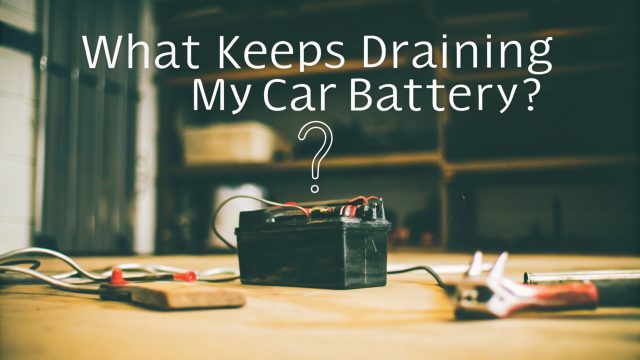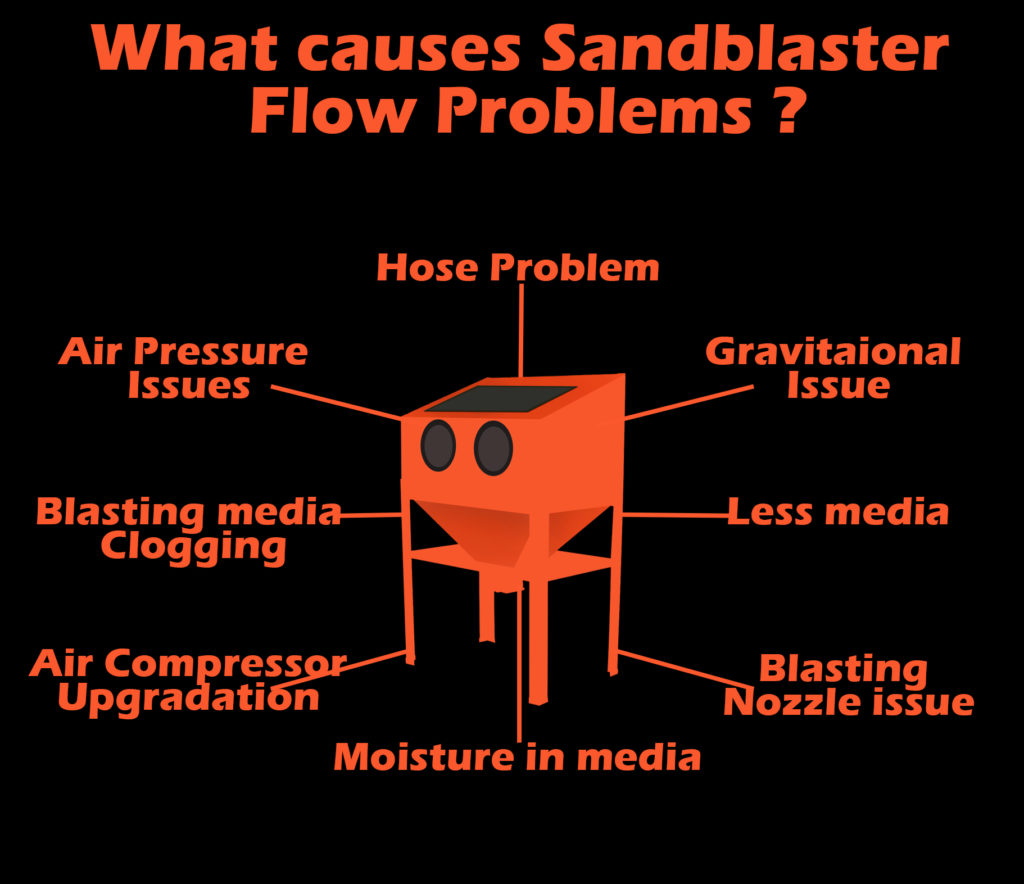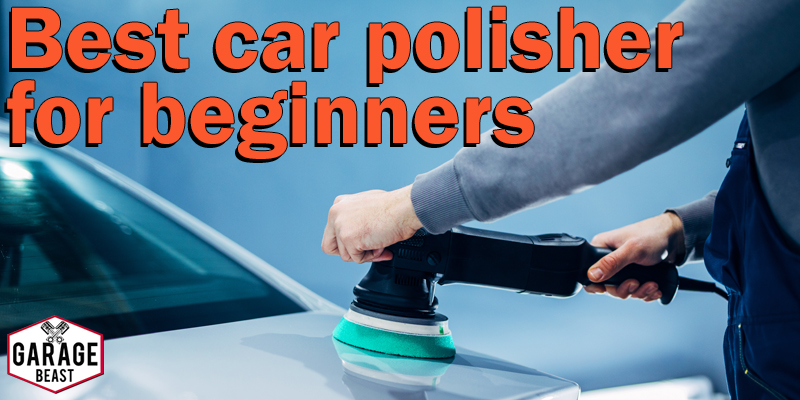As car owners, we are all familiar with Blue exhaust smoke, and we have all seen oil additives that claim to eliminate it. We will be discussing the Best oil Additive to Stop Smoke.
Oil additives are chemicals that are mixed into the engine burning oil to improve lubrication. They alter the oil’s viscosity, ensuring that the engine works smoothly and can best oil additive for burning oil issues in your car.
Oil additives are applied to your engine oil to increase the engine’s lifetime and performance. This is accomplished by lowering the amount of oil wasted in the engine, which is the source of the smoke.
It’s not a pleasant sight to see cars spewing clouds of smoke behind them. Smoke from your exhaust may not indicate terminal damage or costly repairs, despite the fact that it is hardly the picture of a properly functioning car.
It’s just an indication that the vehicle isn’t performing at its best and needs some maintenance and attention to get back on track.
We’ve hand-selected the best oil additives to stop smoke for you, along with a review of each.
Table of Contents
#1 Wynn’s Oil Stop Smoke
Due to their time-tested, high-quality range of vehicle boosting items, Wynn’s is a name we always seek to for best oil additive to stop smoke.
Their stop smoke solution does exactly that; it is meant to reduce blue smoke generated from your car’s exhaust as a result of oil burning.
This substance improves the viscosity and flexibility of your engine oil by mixing with it. The oil’s new characteristics allow it to effectively seal gaps between worn-out engine components that previously allowed oil to leak through.
Improving oil quality will minimize oil burn caused by high temperatures or high loads, providing additional protection for the oil when driving at high speeds or with heavy loads.
This can be the best oil additive for burning oil , With the exception of a tiny proportion of bigger engine automobiles, one can treat between 3 and 6 liters of engine oil, which is acceptable for virtually all vehicles in the UK.
It’s easily added when you get your oil changed. All gasoline, diesel, and LPG-powered cars are compatible. Even at extreme temperatures, the WYNNS solution ensures a thick protective oil film, allowing your engine to run longer.
If you have the funds, it may be utilized in a number of engine types, making it a smart choice. It may be used as a preventative step to aid your engine as well as a remedy to smoke-related concerns.
#2 Archoil AR9100
Archoil AR9100 is an oil additive that may be used in gasoline and diesel engines. What sets it apart is that it can resolve Powerstroke cold start issues, potentially saving you a lot of money in the long run.
It has the ability to minimize engine noise, friction, and vibration. Because the oil treatment is comprised of zinc, it can reduce the wear and strain on your engine parts. It also enhances the hydraulics, steering wheel, and gearbox’s oil usage and performance, can be the best oil additive for burning oil issues.
The bottle has a capacity of 16 fluid ounces, which will last you a long time before you need to replace it. The Archoil AR9100’s most serious flaw is that it doesn’t perform well in hot environments.
If you live in a chilly or cool climate, though, you may still use it comfortably.
Simply avoid storing it in a chilly garage throughout the winter months, or it may become coated. It increases your fuel efficiency, extends the time between oil changes, and eliminates needless stiction and cold starts during inclement weather.
In the process, the AR9100 produces a smoother and quieter engine, resulting in a better driving experience. When this oil additive to stop smoke is absorbed on metal friction surfaces, it produces a protective boundary line lubricating layer.
It also fills in any surface irregularities, resulting in a smooth, hard film. AR9100 can assist minimize friction between surfaces since it has a lower covering strength than other metal bonds.
As a result, more electricity is generated, money is saved through improved fuel efficiency, and heat is reduced.
You’ll also notice a significant reduction in engine noise and vibration, resulting in a much more pleasant ride.
#3 Liqui Moly Oil Smoke Stop
Another well-known name in the industry that makes the best oil additive to stop smoke is Liqui Moly.
Their recipe is identical in principle to that of their competitors, preventing oil burn within the combustion chamber and ensuring that extra oil is used to the bare minimum.
It is specially designed to prevent oil from flowing through worn piston rings and valve guides in an engine.
It will keep the oil viscosity from changing during temperature extremes, which would normally thin the oil and enable it to flow into the combustion chamber and can be used as the best oil additive for burning oil issues in your car.
This will also provide additional protection for the engine’s internal components and the catalytic converter.
At your next oil change, just pour the contents of one container into 4-6 liters of motor oil. If there is excessive oil consumption, the product can be applied in between services.
Smoke Stop by Liqui Moly is compatible with both gasoline and diesel cars, as well as all commercially available lubricants.
The addition is based on a better viscosity index improver substance that continues to function overtime to maintain the oil viscosity high.
The product works through the valve guides and piston rings and is suited for gasoline and diesel engines. The product size is adequate for 4-6L engines, but bigger engines will almost certainly require additional pieces.
#4 Rislone’s Ring Seal Smoke Repair
Rislone Ring Seal Smoke Repair is made up of high-shear polymers that cover engine components including pistons and rings to improve sealing, increase compression, and reduce blow-by, and blue exhaust smoke and can be a best oil additive for burning oil issues in your car.
Rislone Ring Seal Smoke Repair is compatible with gasoline, diesel, and LPG engines, as well as supercharged and turbocharged engines. A single bottle can cure up to 4-6 liters of oil.
This product may be used in 4-stroke ATVs, motorcycles, and other small engine vehicles in addition to automobiles.
It is suggested that 100ml per liter of oil be used in these engines.
This oil additive works to reduce blow-by build-up in the crankcase, which is a typical problem caused by small internal engine gaps caused by wear.
It works with traditional, high-kilometer, and synthetic engine oils in both hot and cold conditions. It adheres to metal surfaces and forms a protective layer, allowing oil to flow freely in all-weather situations.
The product, which is also designed to cushion and coat engine components to decrease wear and quiet noisy lifters, maintains oil flow characteristics in both hot and cold conditions and may be added to engine oil at any time; it works with traditional, high-mileage, and synthetic engine oil.
#5 JLM Stop Smoke Oil Treatment

This stop smoke solution, which is specifically intended for older automobiles burning oil, seeks to resolve and avoid oil burn within your car’s engine, which causes unwanted blue smoke from your exhaust and excessive oil usage.
By renewing old components like piston rings and valve seals, the active solution claims to eliminate undesired play in engine parts.
As a result, the engine runs more smoothly, resulting in improved performance and perhaps higher fuel economy.
Because of the high concentration of the product, the engine oil has more viscosity, which ensures greater adherence to moving components, extending engine life and reducing future reliability issues.
This additive’s active ingredient eliminates unnecessary play between worn engine components like piston rings and valve seals while also making oil seals more flexible and allowing them to seal optimally.
Because Stop Smoke Pro optimizes all of the engine’s components, the compression ratio of the engine rises.
As a consequence, the engine performs better, producing greater power while using less gasoline.
This oil additive to stop smoke is compatible with all current engine oils and may be used in cars fueled by gasoline, diesel, LPG, or CNG.
One can of this oil additive treats up to 5 liters of motor oil (ideal for most engines under 2.5 liters in size), and it’s easy to mix and apply at the next oil change you may find a the best oil additive for burning oil issues if there are any in your car.
Because of the additives package’s concentrated composition, the oil’s viscosity rises.
This enhances lubrication by ensuring that the oil sticks more efficiently to the moving components of the engine.
As a result, the engine’s service life is significantly extended.
Benefits of the Oil Additives
Oil additives are rarely created with a single objective in mind, thus most products help your vehicle in a number of ways.
Reduced friction, reduced fuel consumption, and rust prevention are the three most frequent in the oil additive and also be the best oil additive for burning oil issues in your car.
Most oil additives have a lubricating effect, which decreases friction between the engine’s metal sheets and helps to extend engine life.
Because the engine is under less stress after an oil change or two, your fuel consumption per gallon should drop by around 1-2 miles per gallon.
To get the most bang for your budget, search for chemicals that prevent corrosion and rust as well.
Detergent properties can be found in several motor oil additives. This would be beneficial in unclogging contaminants trapped between engine parts and lowering the high friction.
Oil additives, on the other hand, can be used to control temperature. The oil additive works by decreasing engine oil loss, which creates a buildup of smoke in your exhaust pipe. It also cuts down on engine noise.
To prevent oil leaks, a high-quality engine oil additive should be able to seal tiny scratches and micro cracks.
This might save you a lot of money in the long run since you won’t have to replace the leaking oil as often.
Conclusion
You already know how vital it is to have your car’s oil changed on a regular basis.
Your car’s core components and systems might suffer significant issues if you don’t have them, and you could end up with expensive repairs you don’t want to pay for.
What you might not consider as often as your oil changes, though, is what your oil is doing under the hood.
Whether you rely on your oil to keep your engine and all of its components operating smoothly, you should check with it to look for the best oil additive to stop smoke.
Is oil pressure improved by oil additives?
Yes. Oil pressure can be improved with most additives, but only momentarily. If your car has low oil pressure, it might indicate that there are significant engine problems that need to be handled by a professional.
Can oil additives hurt my engine?
If you pick an oil additive that is intended to function with the type of oil your car requires, you shouldn’t have any problems with your engine. Some additions are general, while others are more specific, so double-check the suggested use cases before deciding which one to employ.
How often should I change my oil additive?
Your vehicle’s owner’s handbook will tell you. Oil additives must be combined with motor oil; therefore, do so every time you change the oil.
